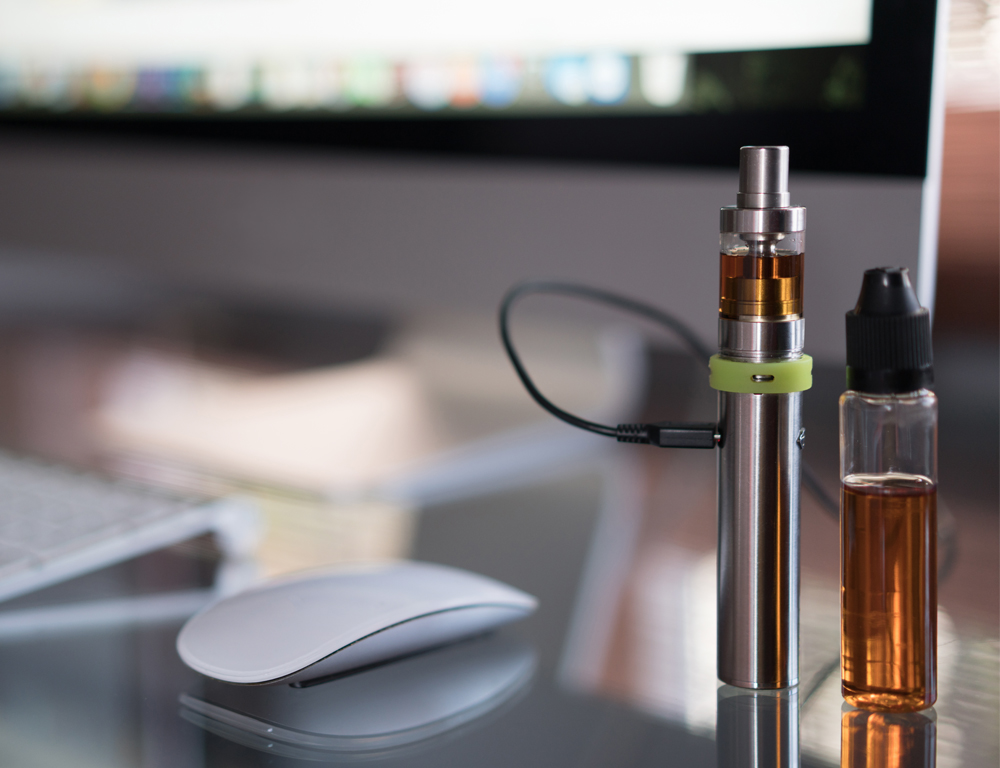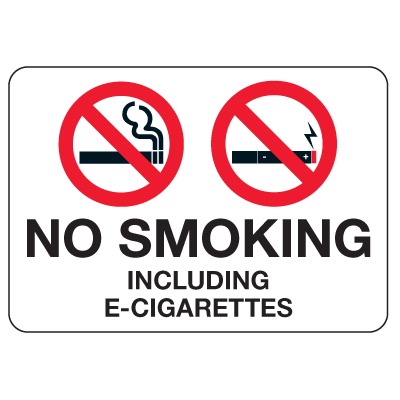In a sign that young people are not heeding the warnings about the dangers of smoking and vaping, a new study commissioned by the U.S. Food and Drug Administration (FDA) and the Centers for Disease Control and Prevention (CDC) estimates that more than three million U.S. middle and high school students used some form of tobacco product within the previous 30 days in 2022.
Informed Families Catalyst
Study Finds Teens Missing the Message on Vaping, Tobacco
Posted by Informed Families on December 29, 2022 at 8:49 PM
President's Message - January 2020
Posted by Peggy B. Sapp, President & CEO on January 2, 2020 at 9:00 AM
A New Year and A New Start
Welcome, 2020! Cheers to the start of a new year and a new decade.
We are encouraged by the recent findings from the annual Monitoring the Future survey. In the past year, the use of illicit drugs (other than marijuana) among 12th graders remains low. The misuse of prescription medicines and the use of alcohol and tobacco cigarettes continues to decline as well. However the number of youth vaping marijuana and nicotine is rising.
In the 1980s, we were fighting to keep our kids safe from cocaine, big tobacco and underage drinking. Today we are battling against opioids, vaping and binge drinking. The drug trends may change, but education and simple, clear communication remain key in keeping our youth healthy and drug free.
Informed Families has been fortunate to have such terrific partners help us spread our prevention messages. We are once again partnering with Publix to promote our Lock Your Meds campaign and messaging in all of their pharmacies this month. We are also working with the Florida Blue Foundation to increase awareness of the opioid epidemic and promote good mental health over the next three years.
Informed Families will continue to deliver on our mission to educate, enable and empower students, parents and communities to work together to keep children healthy in 2020. We are off to a great start!
Peggy
Topics: President's Message, drug trends, underage drinking, binge drinking, publix, drug free, drug prevention, nicotine, tobacco, drug use, opioids, alcohol use, mental health, vaping
President's Message - March 2019
Posted by Peggy B. Sapp, President & CEO on March 19, 2019 at 3:50 PM
It's Time For A Duel With JUUL
As our Safe Homes Smart Parents campaign kicks off, we think about all of the unhealthy trends facing our youth and what parents can do to protect their children. Right now, we are fired up about the 78% increase in e-cigarette use among high school students, as a result of JUUL Labs’ targeting of our youth. According to the U.S. Surgeon General, last year, 3.6 million U.S. youth use e-cigarettes. Talk to any teacher or parent of a teen and they will confirm the schools are overrun by JUUL and kids are showing real signs of addiction.
Some lucky ones will put away their JUULs before they’re addicted. But many are embarking on a lifelong addiction to nicotine. Many of those will continue to use JUUL for a considerable amount of time, and we simply do not know what consequences long-term use will have on their health.
What we do know is that e-cigarettes are not safe. And we know that nicotine use by children and teens negatively impacts their brain development. Among other things, it makes them more susceptible to addiction in general. The larger fear is they switch entirely to cigarettes and other tobacco products that are even more dangerous.
Topics: President's Message, parenting, safe homes smart parties, children, tobacco, parents, juul
AAP Warns of the Dangers of Binge Drinking in Adolescents
8/31/2015Despite recent declines, two out of every three students (66 percent) have consumed more than just a few sips of alcohol by the end of high school, and over a quarter have done so by eighth grade. In 2014, half of twelfth graders and one in nine eighth graders reported having been drunk at least once in their life.
In a new clinical report, " Binge Drinking," in the September 2015 Pediatrics (published online Aug. 31), the American Academy of Pediatrics (AAP) urges pediatricians and parents to discuss the dangers of alcohol use with children before they take their first sip.
Alcohol is the substance most frequently abused by children and adolescents in the United States, and its use is associated with the leading causes of death and serious injury at this age, including motor vehicle accidents, homicides, and suicides. Eighty percent of adolescents say their parents are the biggest influence on their decision to drink or not.
"We must approach drinking in children, particularly binge drinking, differently than we do in adults," said pediatrician Lorena Siqueira, MD, MSPH, FAAP, member of the AAP Committee on Substance Abuse and co-author of the clinical report.
"Given their lack of experience with alcohol and smaller bodies, children and adolescents can have serious consequences -- including death -- with their first episode of binge drinking," Dr. Siqueira said. "Studies have indicated that continued alcohol use during this growth period can interfere with important aspects of brain development that can lead to cognitive impairment, alcohol-induced brain damage and substance use disorders later in life. Because alcohol use is so common, it is necessary for pediatricians to screen every adolescent for alcohol use during office visits, and along with preventive messages, to help identify youth at risk for alcohol-related problems."
Drinking alcohol is associated with numerous adverse outcomes in underage drinkers, and binge drinking significantly increases these risks.
In adults, binge drinking is defined as consuming five or more alcoholic drinks in a two-hour period by men, or four or more drinks by women. Because teens typically weigh less than adults, they are likely to reach an unsafe blood alcohol concentration more quickly, and lower cutoff points have been proposed. For girls ages 9 to 17, three or more drinks in a two-hour period is considered binge drinking. For boys ages 9 to 13, the cutoff is three or more drinks; for boys ages 14 to 15 it's four or more drinks; and for boys ages 16 to 17, it's five or more drinks.
During high school, drinking rates increase dramatically among teens. Between 36 percent and 50 percent of high school students drink alcohol, and 28 percent to 60 percent report binge drinking. Among high school students, boys are more likely than girls to participate in binge drinking, and is far more common among white boys than among blacks or Hispanics.
The new 2015 clinical report also found:
- Among youth who drink, the proportion who drink heavily is higher than among adult drinkers.
- Children start to think positively about alcohol between 9 and 13 years of age.
- Binge drinking can be associated with early sexual activity and higher rates of teen pregnancy.
- A third of all fatal auto crashes involving alcohol happen among 15- to 20-year-olds.
- Encouraging parents to talk with their children about alcohol use early is very important.
- Programs and resources are available on how to use teachable moments to discuss alcohol use with children.
E-Cigarettes have emerged over the past decade and researchers in the early stage of investigating what the health effects are for people who use these products or who are exposed to the aerosol (vapor) secondhand.
E-Cigarettes are designed to deliver nicotine without the other chemicals produced by burning tobacco leaves. Puffing on the mouthpiece of the cartridge activates a battery-powered inhalation device (called a vaporizer). The vaporizer heats the liquid inside the cartridge which contains nicotine, flavors, and other chemicals. The heated liquid turns into an aerosol (vapor) which the user inhales—referred to as “vaping.”
There are conflicting studies about whether or not e-cigarettes help smokers to quit. For tobacco cigarette smokers, e-cigarettes may be a safer alternative, if the goal is not to quit nicotine all together.
Topics: nida, nicotine, e-cigarettes, tobacco



